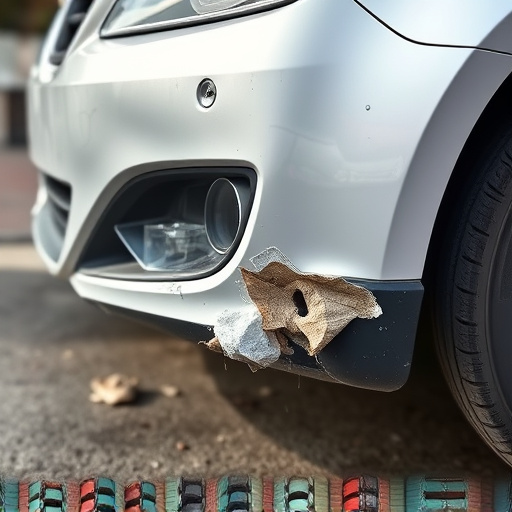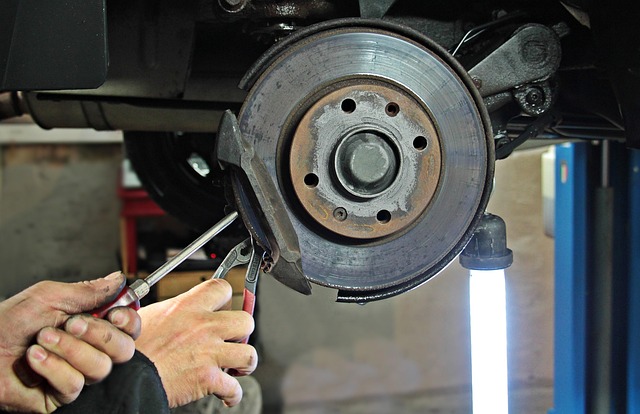Diminished value claims assess the reduced market value of vehicles post-damage or repairs. Experts analyze repair estimates, comparable sales data, and vehicle aesthetics to determine fair compensation. Mitigating factors like pre-existing conditions and maintenance history are crucial for accurate assessments, impacting claim outcomes. Collision repair centers can enhance settlements by prioritizing quality and resale value preservation.
Diminished value losses, a complex aspect of automotive insurance claims, refer to the reduced vehicle resale value due to damage or an incident. This article delves into the legal evaluation process of such claims, providing a comprehensive guide for understanding and navigating these challenges. We explore the key criteria lawyers use to assess diminished value, including the impact of repair quality and market conditions. Additionally, we analyze mitigating factors that can influence compensation, offering insights for both claimants and insurance professionals.
- Understanding Diminished Value Claims
- Legal Criteria for Evaluating Losses
- Assessing Mitigating Factors in Claims
Understanding Diminished Value Claims

Diminished value claims refer to the financial compensation sought by vehicle owners when their car’s value decreases as a result of damage or repairs. This often occurs after an accident, where a collision repair shop may need to perform extensive car bodywork or even frame straightening to restore the vehicle to its pre-accident condition. The key challenge in these claims is quantifying the reduction in the car’s market value post-repair, which can be subjective and depend on various factors like the severity of damage, availability of replacement parts, and the overall age and condition of the vehicle.
Legal professionals and experts in the automotive industry play a crucial role in evaluating diminished value losses. They analyze comparable sales data, consider repair estimates from reputable collision repair shops, and assess the overall impact on the car’s aesthetics and performance to determine a fair compensation amount. This meticulous process ensures that owners receive just reimbursement for any loss in their vehicle’s worth, which can be particularly important when dealing with high-value vehicles or unique models.
Legal Criteria for Evaluating Losses

Evaluating diminished value losses involves a meticulous legal process that considers several criteria. At its core, the assessment focuses on quantifying the decrease in a vehicle’s market value post-incident. This includes analyzing the extent and type of damage, which can range from minor scuffs and dents to more severe collision damage. Expert appraisers play a pivotal role in this process by meticulously examining the vehicle, often using specialized tools and techniques to assess repairability and the impact on aesthetics and performance.
The legal criteria also delves into the cost-effectiveness of repairs versus replacement value. In cases where car dent removal or collision damage repair is feasible, legal professionals consider the estimated costs for auto maintenance and restoration. If repairs are extensive, the focus shifts to determining the difference in market value before and after the incident, factoring in the age and condition of the vehicle. This comprehensive evaluation ensures that diminished value claims are fairly assessed, providing just compensation for owners whose vehicles have suffered non-cosmetic damage.
Assessing Mitigating Factors in Claims

When evaluating diminished value losses, mitigating factors play a significant role in determining the final settlement. These factors go beyond the mere physical damage to an vehicle and consider various aspects that can impact the overall condition and market value post-incident. For instance, the extent of pre-existing damage on the vehicle, as revealed during a thorough inspection, can significantly alter the diminished value claim. A collision repair center’s expertise in auto glass repair and restoration techniques may also be taken into account; expert witnesses often assess these to ensure accurate repairs that preserve the vehicle’s initial quality.
Additionally, factors such as proper maintenance history, including timely auto maintenance services, can influence the claim’s outcome. These considerations are crucial because they demonstrate a responsible ownership track record and can positively impact the vehicle’s resale value post-repair. As with any diminished value claim, a comprehensive understanding of these mitigating elements is essential for both parties involved to reach a fair settlement.
Diminished value losses, a complex aspect of automotive litigation, require a thorough understanding of legal criteria and mitigating factors. By evaluating these elements, professionals can accurately assess the impact on vehicle resale value. This structured approach ensures that diminished value claims are fairly judged, providing a clear path for both claimants and defendants to navigate this intricate legal territory.














